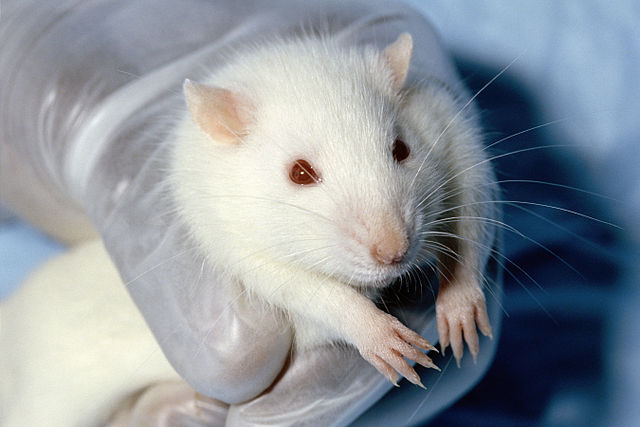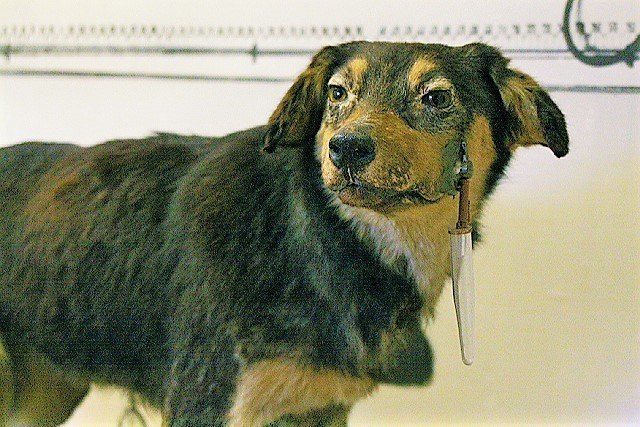Animal testing, also known as animal experimentation, animal research, and in vivo testing, is the use of non-human animals in experiments that seek to control the variables that affect the behavior or biological system under study. This approach can be contrasted with field studies in which animals are observed in their natural environments or habitats. Experimental research with animals is usually conducted in universities, medical schools, pharmaceutical companies, defense establishments, and commercial facilities that provide animal-testing services to the industry. The focus of animal testing varies on a continuum from pure research, focusing on developing fundamental knowledge of an organism, to applied research, which may focus on answering some questions of great practical importance, such as finding a cure for a disease. Examples of applied research include testing disease treatments, breeding, defense research, and toxicology, including cosmetics testing. In education, animal testing is sometimes a component of biology or psychology courses. The practice is regulated to varying degrees in different countries.

A Wistar laboratory rat
An Experiment on a Bird in an Air Pump, from 1768, by Joseph Wright
Claude Bernard, regarded as the "prince of vivisectors", argued that experiments on animals are "entirely conclusive for the toxicology and hygiene of man".
One of Pavlov's dogs with a saliva-catch container and tube surgically implanted in his muzzle, Pavlov Museum, 2005
Toxicology testing, also known as safety assessment, or toxicity testing, is the process of determining the degree to which a substance of interest negatively impacts the normal biological functions of an organism, given a certain exposure duration, route of exposure, and substance concentration.
U.S. Army Public Health Center Toxicology Lab technician assessing samples





